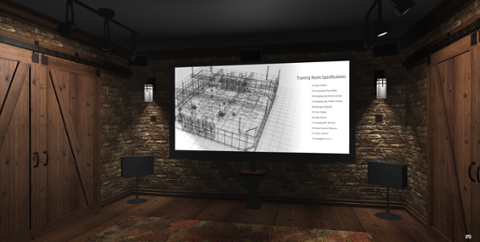For VR and AR, It's Mainstream Adoption or Bust
It’s do-or-die time for augmented reality (AR) and virtual reality (VR). For the past several years, tech companies large and small have focused on the promise of these technologies. Even if the hardware was a little rough around the edges, executives insisted, it would improve; and even if a relatively limited selection of games and apps didn’t appeal to consumers, surely a “killer app” would appear at some point. But now, however quietly, we’ve reached a crossroads. Virtual reality has yet to break into the mainstream. Augmented reality has done a little better in terms of mass adoption, thanks in large part to AR games such as “Pokemon Go” on smartphones, but products (and use-cases) remain relatively limited. Given that situation, you might think that some VR- and AR-centric brands would aggressively push their products as far and wide as possible. But that doesn’t seem to be happening. For example, Facebook executives have suggested that the latest Oculus VR headset is primarily a gaming platform. That seems a safe strategy—gaming has always represented VR’s main use-case—but something of a retrench, considering all the conferences where Facebook pumped VR as potentially useful for everything from games to remote-video conferences for the enterprise. In the AR realm, it’s a similar case of niche execution. Microsoft has spent years working on its HoloLens headset, but hasn’t progressed beyond a “developer’s edition” that costs $3,000. In summer 2018, rumors suggested that a new, cheaper HoloLens (codenamed “Sydney”) would hit store shelves in the first quarter of 2019, but there’s been no official word of that device. Magic Leap, a startup that took millions in funding from Google and other investors, also has a headset (the Magic Leap One Creator Edition) that retails for $2,295—not exactly cheap enough for an impulse buy, unless you’re Sergey Brin. The company released the headset in order to spark the creation of an app and game ecosystem, but it’s an open question whether developers will rush to build software for the nascent platform. Although other headsets are supposedly in the works—Apple is almost certainly working on one—those are probably a few years from unveiling, if ever. In the meantime, headsets are far too expensive for a consumer base that’s not quite sure what AR even is, aside from having something to do with that Pokemon game their kids kept playing a few years back. And while consumers are obviously willing to use AR on phones (provided there’s the right app), and companies such as Google and Apple have issued software development kits (SDKs) for building AR apps, there’s a decided lack of popular AR apps in the various smartphone app stores. In order for AR and VR to break out this year, tech companies (and developers) will need to produce cheaper headsets and killer apps (and not just games). Is that possible? Maybe. But without some kind of mainstream-oriented strategy, AR and VR will only remain niche technologies for the foreseeable future.



